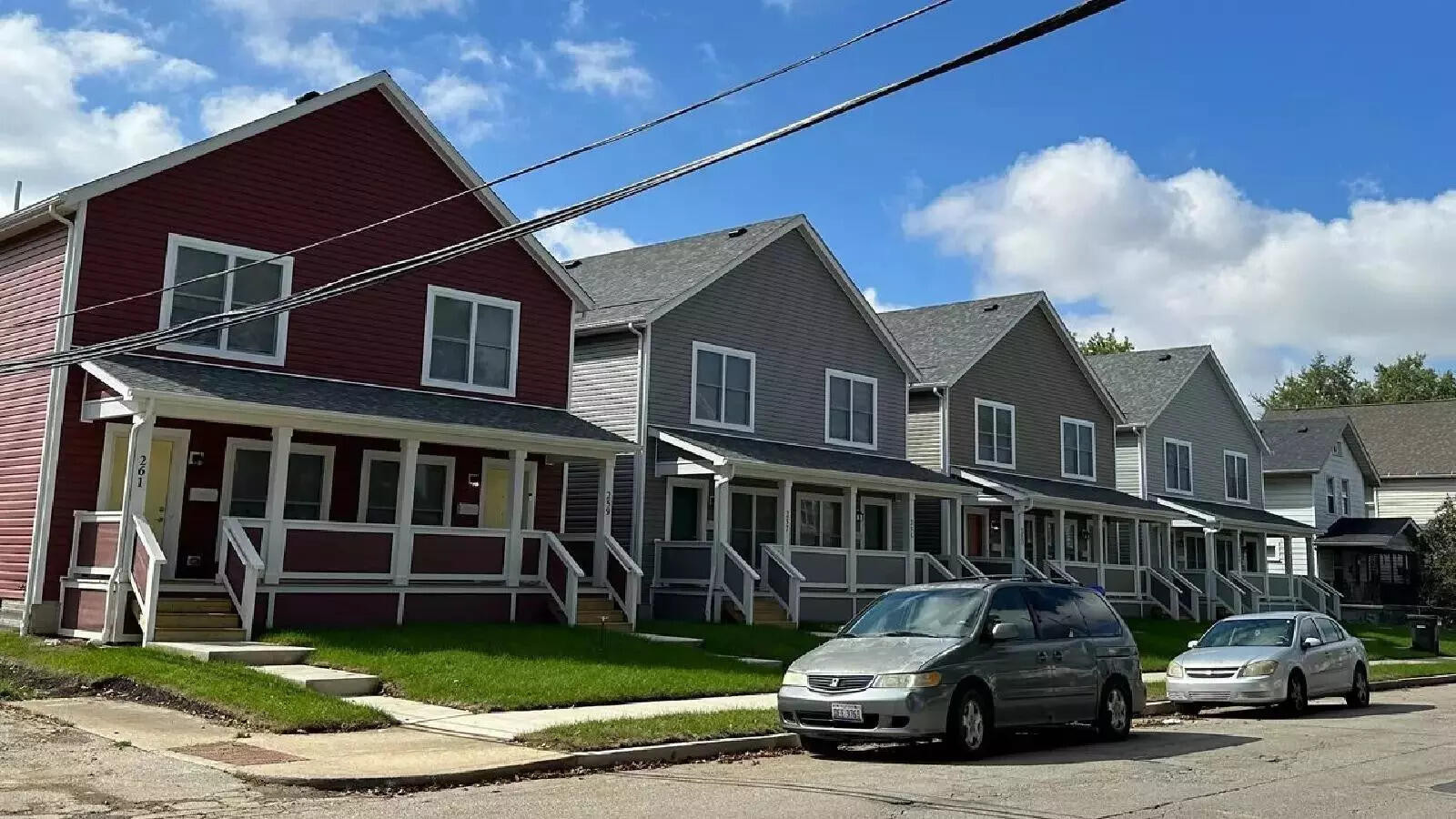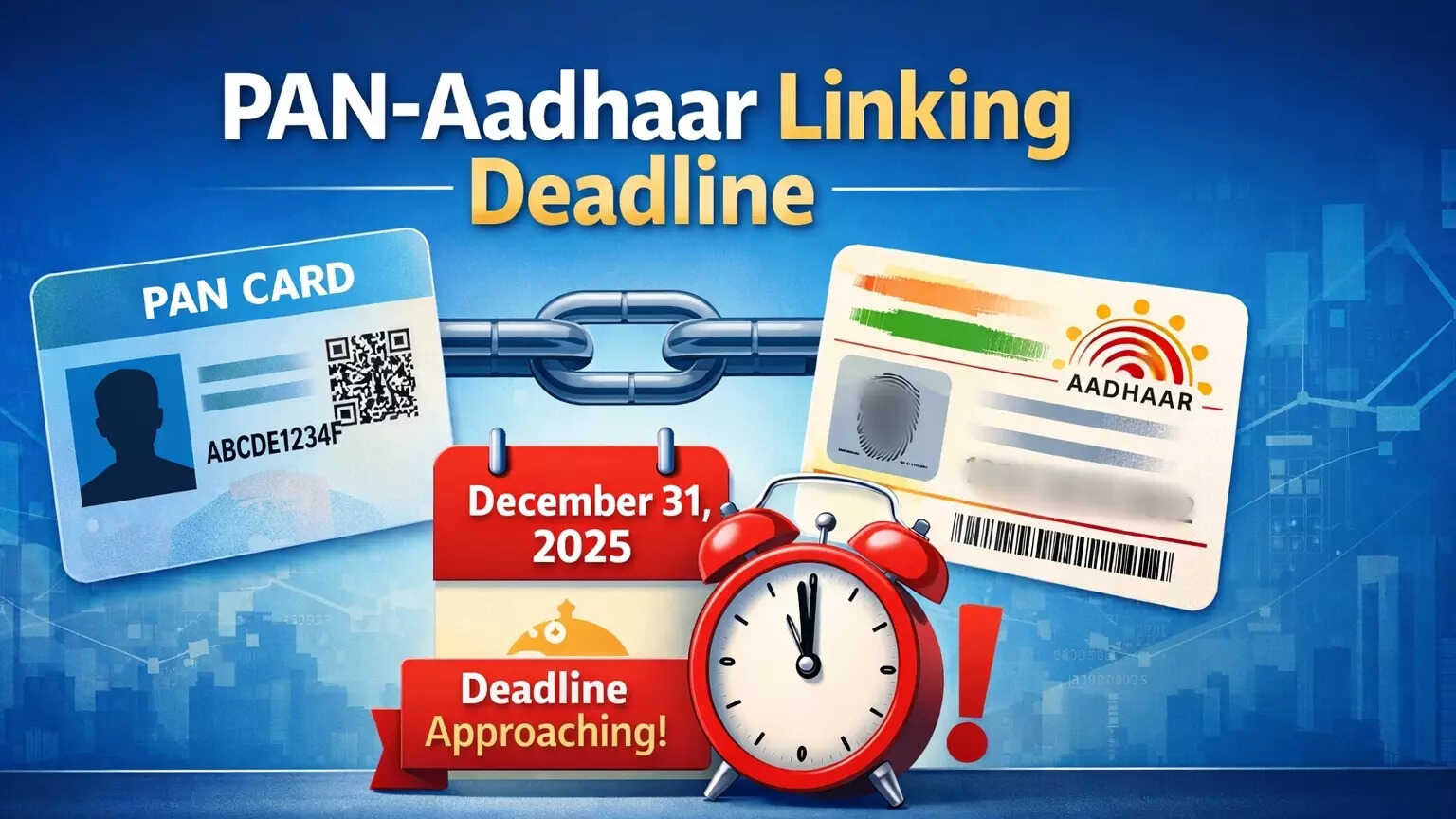US long-term mortgage rates experienced a slight increase this week, reversing a five-week trend of declining borrowing costs, with the 30-year fixed rate rising to 6.72%. Despite recent fluctuations and a brief dip in April, economists anticipate rates will generally remain between 6% and 7% for the remainder of 2025, continuing to impact the housing market.
The American Dream on Hold? Mortgage Rates Creep Up, Again.
For a few weeks there, it felt like we could breathe. The relentless upward march of mortgage rates seemed to be pausing, offering a glimmer of hope to prospective homebuyers weary of sky-high borrowing costs. That hope, however, may be short-lived. The latest numbers are in, and the 30-year fixed-rate mortgage, the bedrock of American homeownership, is back on the rise.
What happened? After a welcome five-week slide, averaging around 6.66% the prior week, the rate has bumped back up to 6.72%, according to recent data. While it may seem like a small jump, even fractions of a percentage point can dramatically impact affordability, especially when you’re talking about a loan as substantial as a mortgage.
Why This Matters to You (and Your Wallet)
Let’s break down why this seemingly small shift is significant. Think of it like this: a lower mortgage rate translates directly into lower monthly payments. Those extra dollars can make the difference between qualifying for your dream home and being priced out of the market. They can free up cash for other crucial expenses, like saving for retirement, paying down debt, or even just enjoying life.

Conversely, even a slight increase in the mortgage rate adds up over the long term. Over 30 years, that 0.06% hike can translate into thousands of dollars in extra interest paid. It can also shrink the pool of homes you can realistically afford, forcing you to compromise on size, location, or features. For first-time homebuyers already struggling to save for a down payment, this renewed upward pressure on mortgage rates is particularly disheartening.
The Underlying Current: What’s Driving the Fluctuations?
The housing market doesn’t exist in a vacuum. It’s intricately connected to the broader economic landscape. Several factors contribute to the ever-shifting mortgage rate environment. One key player is the Federal Reserve (the Fed), which influences interest rates across the board through its monetary policy decisions. Inflation is another critical factor. When inflation is high, the Fed often raises interest rates to cool down the economy. While inflation has cooled somewhat recently, it’s still above the Fed’s target.
Another element at play is the strength of the economy. A robust economy typically leads to higher interest rates, as lenders anticipate increased demand for borrowing. Conversely, a weaker economy can put downward pressure on rates. Keeping up with these macro economic trends is vital when considering jumping into the housing market.
Is Now Still a Good Time to Buy?
This is the million-dollar question, isn’t it? The answer, as always, is nuanced and depends heavily on your individual circumstances. If you’ve found the perfect home, have a solid down payment saved, and can comfortably afford the monthly payments at the current rate, then it might still be a good time to buy. Waiting for rates to drop further is a gamble; they could just as easily continue to rise.
However, if you’re stretching your budget to the limit, or are still working on building your credit score, it might be wise to take a more cautious approach. Consider focusing on improving your financial situation and revisiting your home-buying plans in a few months.
Don’t Forget to Shop Around!
Regardless of whether you decide to buy now or wait, remember the golden rule of mortgage shopping: compare offers from multiple lenders. Rates and fees can vary significantly from one lender to another, so taking the time to shop around can save you thousands of dollars over the life of the loan. Even a small difference in interest rate can result in significant savings. You might also want to consider exploring different types of mortgages, such as adjustable-rate mortgages (ARMs), to see if they might be a better fit for your needs. Also, be sure to check out resources on [first-time homebuyer programs](/first-time-homebuyer-guide) for potential assistance.
Navigating the Uncertainty: Take Control of Your Home-Buying Journey
The recent uptick in mortgage rates serves as a reminder that the housing market is constantly in motion. While predicting the future is impossible, staying informed, assessing your personal finances, and exploring all your options are key to making the best decision for your unique situation. Don’t let the fluctuating rates discourage you. Instead, empower yourself with knowledge and take control of your home-buying journey.







